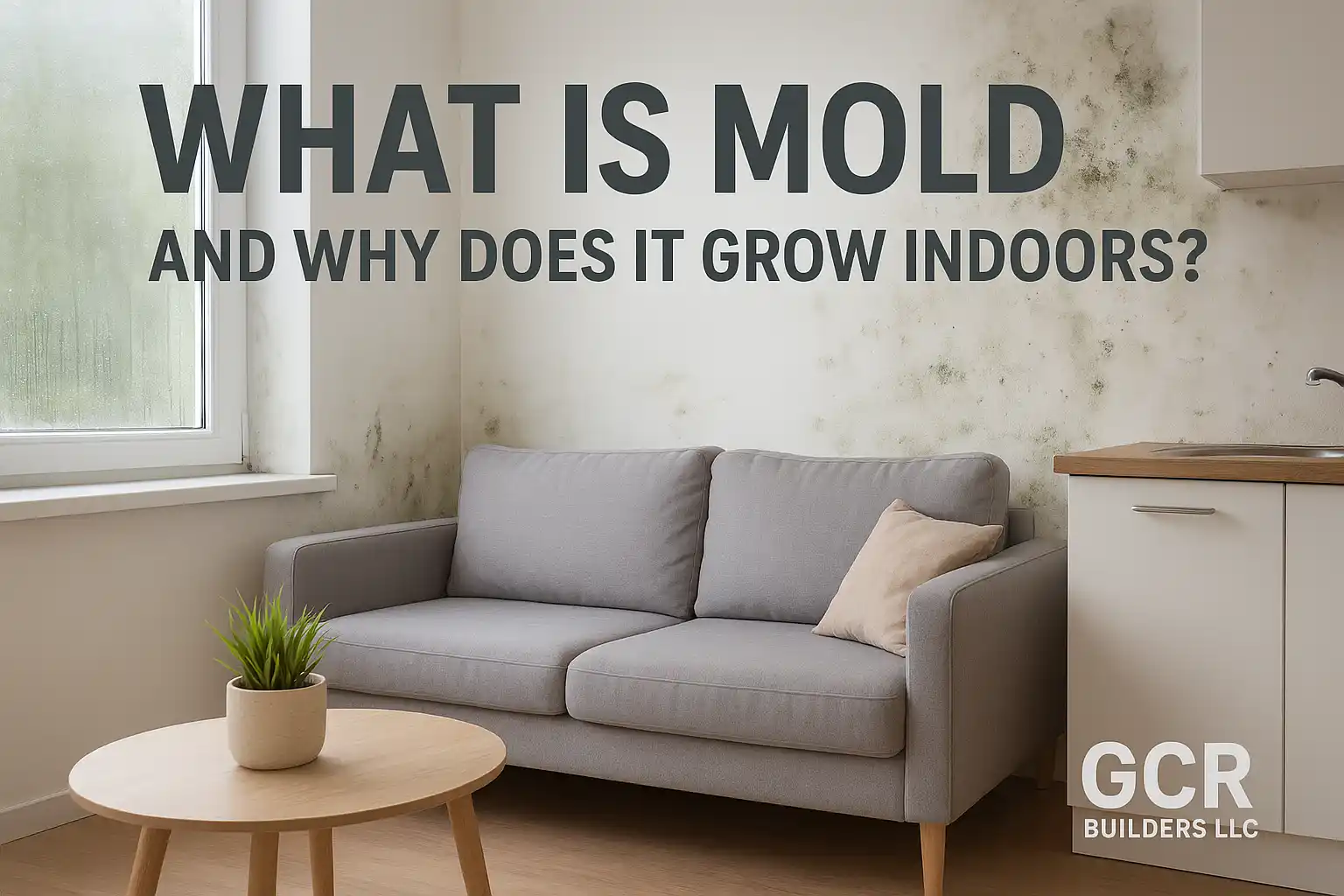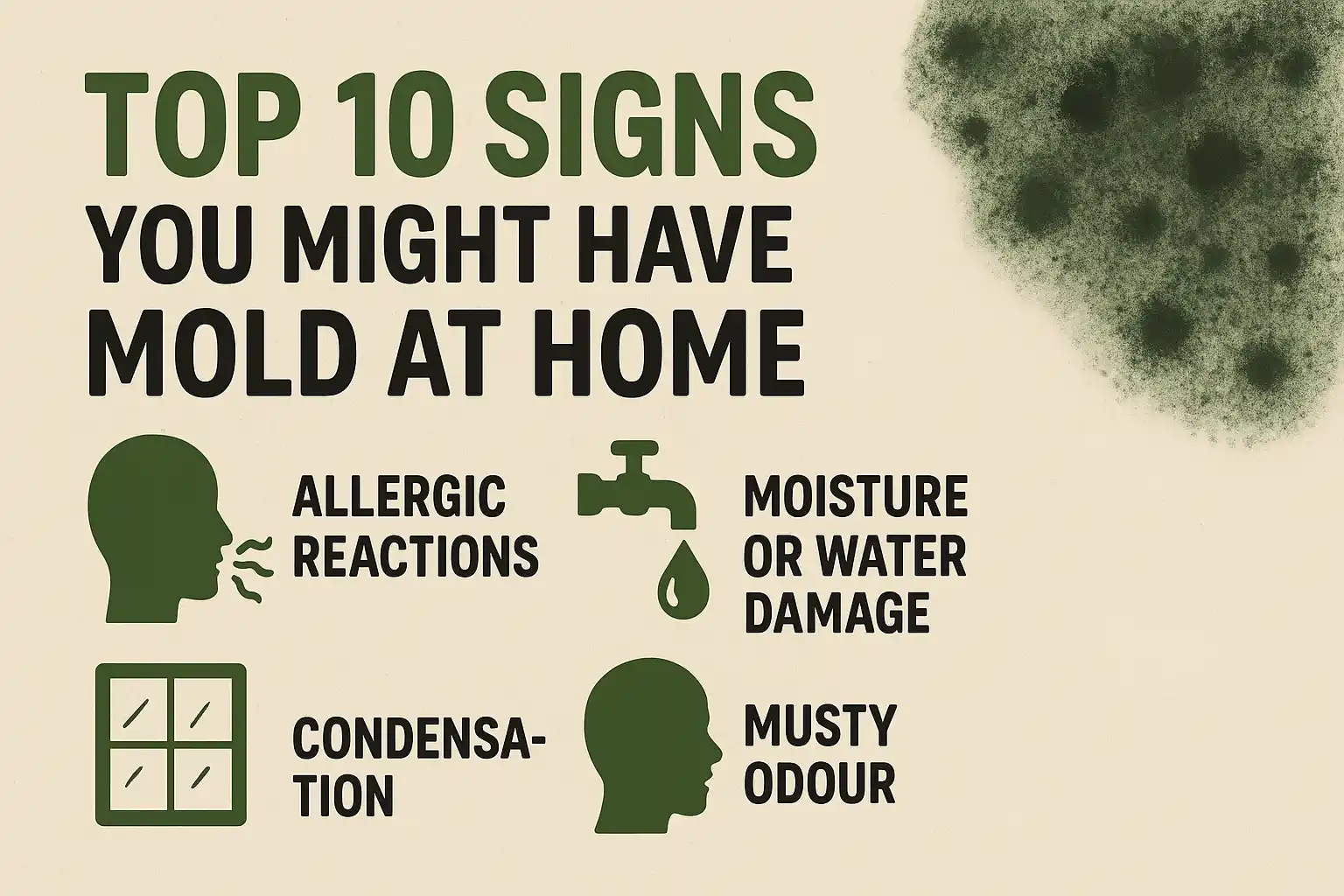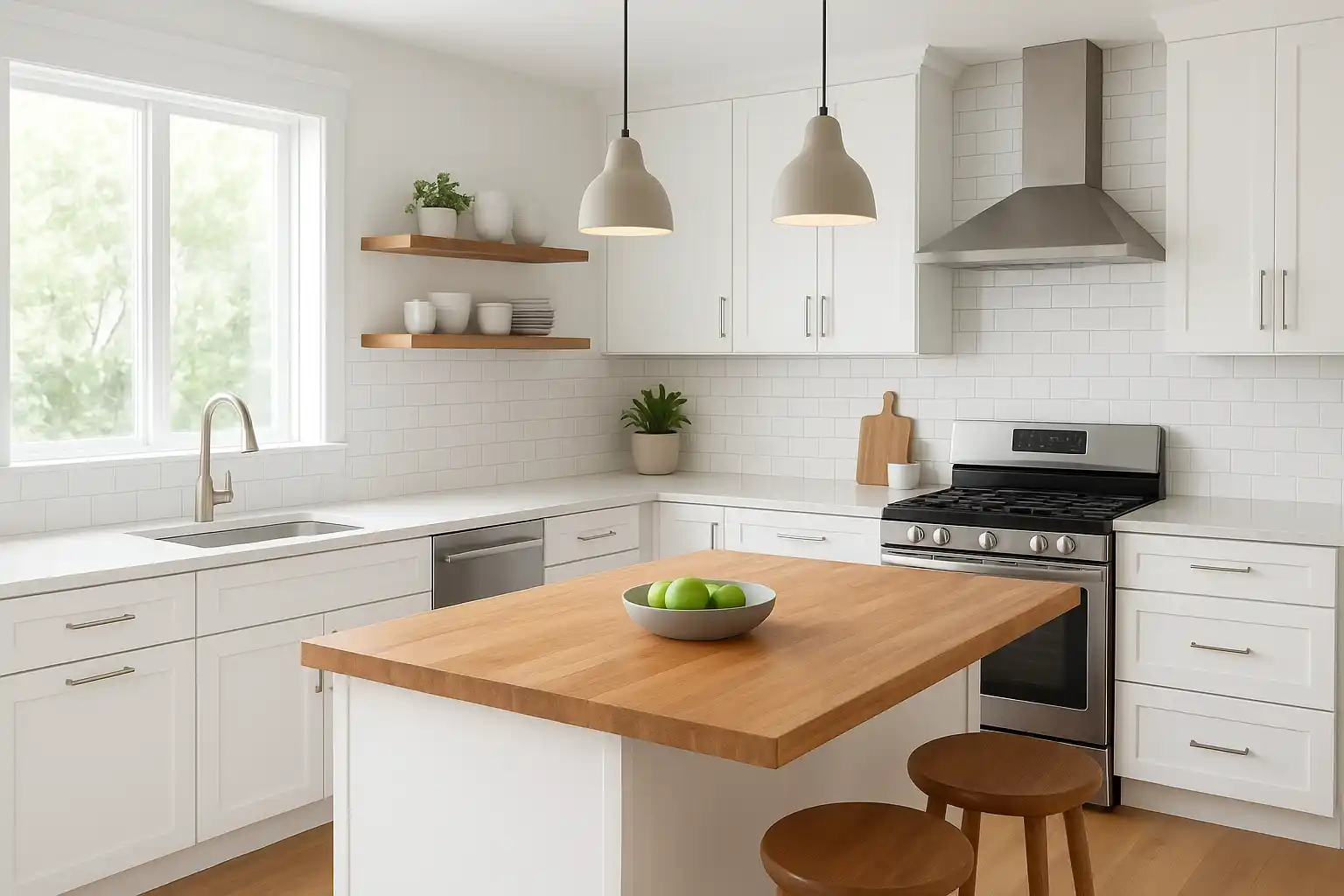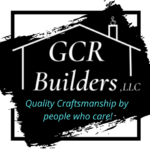Mold is a common problem found in many homes, often going unnoticed until it becomes a serious issue. Have you ever experienced musty odors in your home or seen dark spots on your walls or ceilings? These could be signs of mold growth. Understanding what mold is and why it grows indoors can help you prevent future issues and protect your living space.
What is Mold?
Mold is a type of fungus that thrives in damp, humid environments. It grows through the release of tiny particles known as mold spores, which are invisible to the naked eye. These spores travel through the air and settle on surfaces, where they can develop into visible mold colonies when given the right conditions. In indoor spaces, mold can grow on walls, ceilings, furniture, and even in places that are not immediately visible, such as under carpets or inside walls.
The main reason mold grows indoors is the presence of moisture. Without moisture, mold cannot survive. In this article, we’ll explore the different types of mold, the mold growth causes, how to identify mold in homes, and the health risks associated with mold. Additionally, we’ll share tips on how to prevent indoor mold problems and offer solutions to manage them effectively.
Why Does Mold Grow Indoors?
Mold can grow indoors for several reasons, but the primary cause is moisture. Spores are present in the air at all times, but when they land in areas with excess moisture, they begin to grow. Below are some common factors that contribute to mold growth in your home:
- High Humidity Levels: Areas with high humidity, like bathrooms or kitchens, are prime environments for mold. If humidity levels exceed 60%, mold is more likely to thrive.
- Leaking Pipes: Leaks in pipes or plumbing fixtures can create constant moisture, perfect for mold to settle and grow.
- Condensation: Condensation on windows, walls, or pipes can create moisture buildup that encourages mold growth.
- Poor Ventilation: Homes that lack proper ventilation or have inadequate airflow can trap moisture, increasing the likelihood of mold.
- Flooding: After flooding, mold can start growing within 24–48 hours. This makes it essential to quickly dry out affected areas.
By understanding these causes, you can take steps to limit mold growth in your home.
Types of Mold: How to Identify Different Molds
There are various types of mold that can grow indoors. Some are relatively harmless, while others can cause significant health risks. Here are some of the most common types:
1. Black Mold (Stachybotrys chartarum)
This is perhaps the most infamous type of mold. Black mold is often associated with water damage and is known for its dark black or greenish-black color. It thrives on materials like wood, drywall, and insulation that have been exposed to long-term moisture. Black mold can produce mycotoxins that can affect human health, especially when exposed to it for extended periods.
2. Aspergillus
Aspergillus mold can appear in various colors, including green, yellow, or black. It’s commonly found in areas like bathrooms, basements, or anywhere moisture is prevalent. While not as dangerous as black mold, it can still lead to respiratory issues for sensitive individuals.
3. Cladosporium
Cladosporium is typically dark green or black and can grow on wood, fabrics, and carpets. It’s less harmful compared to black mold but can still cause allergic reactions in some people.
4. Penicillium
Penicillium is often blue or green in appearance and thrives on water-damaged materials. It is known for its musty odor and is the type most commonly associated with mold in homes that are suffering from moisture problems.
Health Risks: Why Mold is More Than Just an Eyesore
Mold is not only unsightly; it can also pose serious health risks, particularly for people with respiratory conditions, allergies, or weakened immune systems. Some of the health risks associated with mold include:
- Respiratory Issues: Mold spores can irritate the lungs and airways, causing symptoms like coughing, sneezing, and wheezing.
- Allergic Reactions: People allergic to mold may experience symptoms like nasal congestion, itching, or skin rashes.
- Asthma Flare-ups: Mold exposure can trigger asthma attacks, particularly in those who already have the condition.
- Toxic Reactions: Certain types of mold, such as black mold, can release mycotoxins into the air, which can cause more severe health issues, including headaches, memory loss, and fatigue.
If you notice mold growing in your home, it’s essential to take immediate action to remove it and prevent exposure to these harmful spores.
Mold vs Mildew: What’s the Difference?
While both mold and mildew are types of fungi that grow in damp environments, there are distinct differences between the two:
- Mold: Mold appears as fuzzy, discolored patches that can be green, black, or even white. It typically grows on a variety of surfaces, including walls, ceilings, and furniture, and is often associated with a musty odor.
- Mildew: Mildew is a type of mold that is usually powdery and white or gray. It is often found on fabrics or plants and grows in areas with high humidity.
In general, mildew is less harmful than mold, but it can still cause damage and health problems if left untreated.
How to Prevent and Manage Indoor Mold Problems
1. Control Humidity
Keep indoor humidity levels below 60%. Use a dehumidifier in high-moisture areas and ensure that bathrooms and kitchens are well-ventilated.
2. Fix Leaks Promptly
Repair any leaks in your plumbing, roofing, or windows to prevent water from entering your home and promoting growth.
3. Use Mold-Resistant Products
When renovating or building, consider using resistant paints, drywall, or insulation to prevent from forming.
4. Improve Ventilation
Ensure that your home is properly ventilated, especially in areas like basements, attics, and bathrooms. Open windows when possible and use exhaust fans to circulate air.
5. Clean and Dry Wet Areas Quickly
If you spill water or if your home gets flooded, dry the area within 24-48 hours to prevent mold growth.
FAQs About Mold Prevention
What is the best way to identify mold in my home?
Mold often appears as discolored patches that may be fuzzy, slimy, or powdery. If you notice a musty odor or visible growth on walls, ceilings, or carpets, it’s likely mold.
How do I prevent mold from growing after water damage?
Ensure that the affected area is completely dried within 48 hours and use dehumidifiers to control moisture. Clean any visible mold and replace any water-damaged materials.
Can I remove the mold myself?
Small mold problems can be handled with proper cleaning products. However, for large infestations or black mold, it’s best to consult a professional mold remediation service.
Does mold always cause health problems?
Not everyone reacts to mold in the same way. While it can cause issues for sensitive individuals, healthy people may not experience any symptoms.
Conclusion
Understanding what mold is and why it grows indoors is essential for maintaining a healthy, mold-free home. By controlling moisture, improving ventilation, and addressing leaks promptly, you can significantly reduce the risk of mold growth. If mold does appear in your home, take immediate action to eliminate it to protect your health and your property. For professional mold inspection and remediation, GCR Builders LLC is your go-to expert. Visit their website to learn more.






